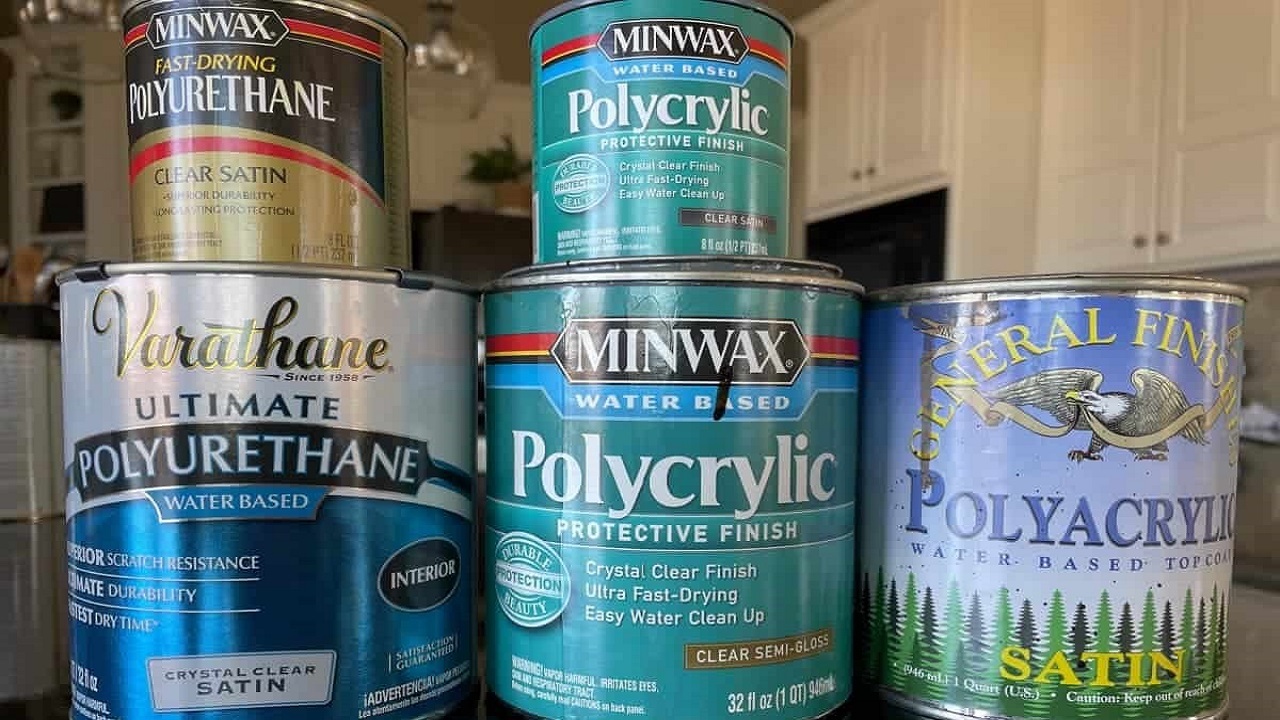Wood coatings, including popular options like polycrylic and polyurethane, are essential for enhancing the beauty and durability of wood surfaces. However, beyond their aesthetic and protective qualities, it’s crucial to consider the environmental impact of these coatings. In an era where sustainability is paramount, understanding how wood coatings affect our planet is essential. This article delves into the environmental aspects of wood coatings and explores how choices made in this realm can contribute to a greener future.
Understanding Wood Coatings
Before delving into their environmental impact, let’s briefly understand what polycrylic and polyurethane are:
Polycrylic is a water-based coating primarily used to protect wood surfaces while adding a glossy finish. It’s known for its low Volatile Organic Compounds (VOCs) content, making it an eco-friendlier option.
Polyurethane, on the other hand, has both water-based and oil-based variations. Water-based polyurethane boasts low VOCs and is considered more environmentally friendly. Oil-based polyurethane, while effective, typically contains higher levels of VOCs, which can have adverse environmental effects.
VOCs and Their Environmental Impact
Volatile Organic Compounds (VOCs) are carbon-based chemicals that can easily evaporate into the air. They are a significant concern in the realm of wood coatings due to their environmental impact. VOCs can contribute to air pollution and smog formation, posing health risks to humans and harming the environment.
Water-based coatings like polycrylic and some forms of polyurethane have lower VOC levels, making them more environmentally conscious choices. By opting for low-VOC coatings, you can reduce your contribution to air pollution and promote better air quality.
Wood Coating Sustainability
Sustainable wood coatings go beyond VOC levels. Consider the following aspects when evaluating the environmental impact of wood coatings:
Renewable Resources
Look for coatings that use materials derived from renewable resources. Sustainable options often incorporate ingredients like soy or linseed oil.
Energy Efficiency
Some coatings require less energy for production, further reducing their environmental footprint.
Longevity
Coatings that offer long-lasting protection can reduce the need for frequent reapplications, saving resources in the long run.
Eco-Friendly Disposal
Consider how coatings affect disposal. Environmentally friendly coatings break down more easily and have less impact on landfills.
Reduced Waste
Coatings that require fewer coats for optimal protection contribute to less waste over time.
Local Production
Choosing coatings produced locally can reduce the environmental impact associated with long-distance transportation.
Recyclable Packaging
Some manufacturers prioritize recyclable packaging, reducing waste generated during product distribution.
The Role of Certification
Environmental certifications can guide consumers toward eco-friendly wood coatings. Look for products certified by organizations like Green Seal or the Forest Stewardship Council (FSC). These certifications ensure that the coatings meet specific environmental standards and promote sustainable practices.
Conclusion
In the world of wood coatings, choices matter not only for aesthetics and protection but also for the environment. By opting for low-VOC coatings like polycrylic and environmentally friendly polyurethane options, you can minimize your carbon footprint and contribute to cleaner air. Sustainability should be at the forefront of our choices, and with eco-conscious wood coatings, we can enjoy the beauty of wood surfaces while protecting the planet for future generations. Remember that every decision you make, from the choice of coating to its disposal, plays a part in shaping a greener and more sustainable future.


